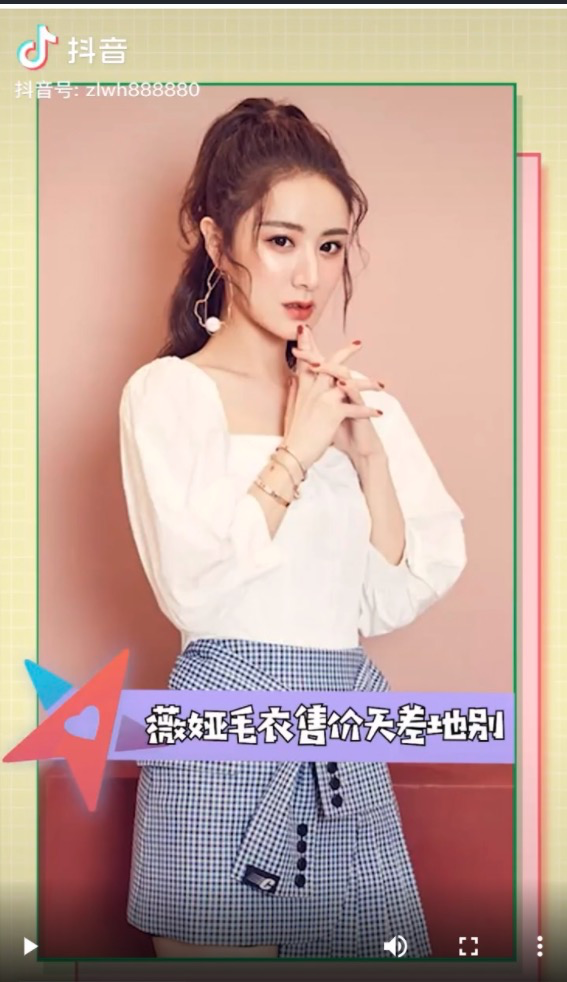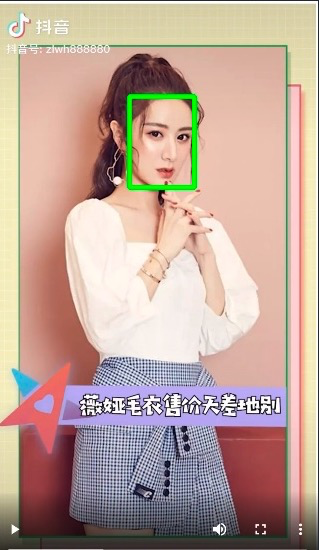State-of-the-art and curated Computer Vision algorithms for AI.

Face Detection
# !/usr/bin python# -*- encoding: utf-8 -*-# @author: xhades# datetime: 2022-01-07from PIL import Imageimport kornia.geometry as Kimport argparseimport cv2import numpy as npimport torchimport kornia as Kfrom kornia.contrib import FaceDetector, FaceDetectorResult, FaceKeypointdef draw_keypoint(img: np.ndarray, det: FaceDetectorResult, kpt_type: FaceKeypoint) -> np.ndarray:kpt = det.get_keypoint(kpt_type).int().tolist()return cv2.circle(img, kpt, 2, (255, 0, 0), 2)def scale_image(img: np.ndarray, size: int) -> np.ndarray:h, w = img.shape[:2]scale = 1. * size / wreturn cv2.resize(img, (int(w * scale), int(h * scale)))def apply_blur_face(img: torch.Tensor, img_vis: np.ndarray, det: FaceDetectorResult):# crop the facex1, y1 = det.xmin.int(), det.ymin.int()x2, y2 = det.xmax.int(), det.ymax.int()roi = img[..., y1:y2, x1:x2]# apply blurring and put back to the visualisation imageroi = K.filters.gaussian_blur2d(roi, (21, 21), (35., 35.))roi = K.color.rgb_to_bgr(roi)img_vis[y1:y2, x1:x2] = K.tensor_to_image(roi)def my_app(args):# select the devicedevice = torch.device('cpu')if args.cuda and torch.cuda.is_available():device = torch.device('cuda:0')# load the image and scaleimg_raw = cv2.imread(args.image_file, cv2.IMREAD_COLOR)img_raw = scale_image(img_raw, args.image_size)# preprocessimg = K.image_to_tensor(img_raw, keepdim=False).to(device)img = K.color.bgr_to_rgb(img.float())# create the detector and find the faces !face_detection = FaceDetector().to(device)with torch.no_grad():dets = face_detection(img)dets = [FaceDetectorResult(o) for o in dets]# show imageimg_vis = img_raw.copy()for b in dets:if b.score < args.vis_threshold:continue# draw face bounding boximg_vis = cv2.rectangle(img_vis, b.top_left.int().tolist(), b.bottom_right.int().tolist(), (0, 255, 0), 4)if args.blur_faces:apply_blur_face(img, img_vis, b)if args.vis_keypoints:# draw facial keypointsimg_vis = draw_keypoint(img_vis, b, FaceKeypoint.EYE_LEFT)img_vis = draw_keypoint(img_vis, b, FaceKeypoint.EYE_RIGHT)img_vis = draw_keypoint(img_vis, b, FaceKeypoint.NOSE)img_vis = draw_keypoint(img_vis, b, FaceKeypoint.MOUTH_LEFT)img_vis = draw_keypoint(img_vis, b, FaceKeypoint.MOUTH_RIGHT)# draw the text scorecx = int(b.xmin)cy = int(b.ymin + 12)img_vis = cv2.putText(img_vis, f"{b.score:.2f}", (cx, cy), cv2.FONT_HERSHEY_DUPLEX, 0.5, (255, 255, 255))# save and show imagecv2.imwrite(args.image_out, img_vis)cv2.namedWindow('face_detection', cv2.WINDOW_NORMAL)cv2.imshow('face_detection', img_vis)cv2.waitKey(0)if __name__ == "__main__":parser = argparse.ArgumentParser(description='Face and Landmark Detection')parser.add_argument('--image_file', required=True, type=str, help='the image file to be detected.')parser.add_argument('--image_out', required=True, type=str, help='the file path to write the output.')parser.add_argument('--image_size', default=320, type=int, help='the image size to process.')parser.add_argument('--vis_threshold', default=0.8, type=float, help='visualization_threshold')parser.add_argument('--vis_keypoints', dest='vis_keypoints', action='store_true')parser.add_argument('--cuda', dest='cuda', action='store_true')parser.add_argument('--blur_faces', dest='blur_faces', action='store_true')args = parser.parse_args()my_app(args)


Data Augmentation


